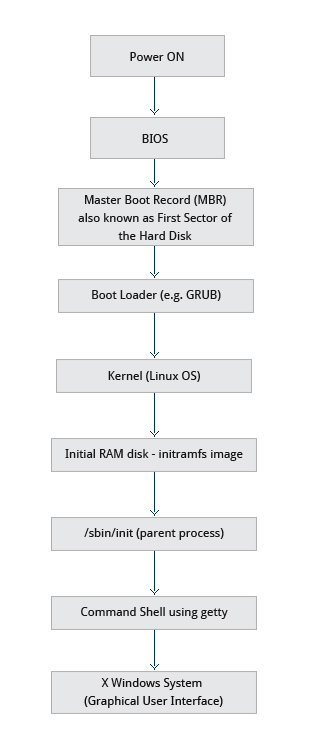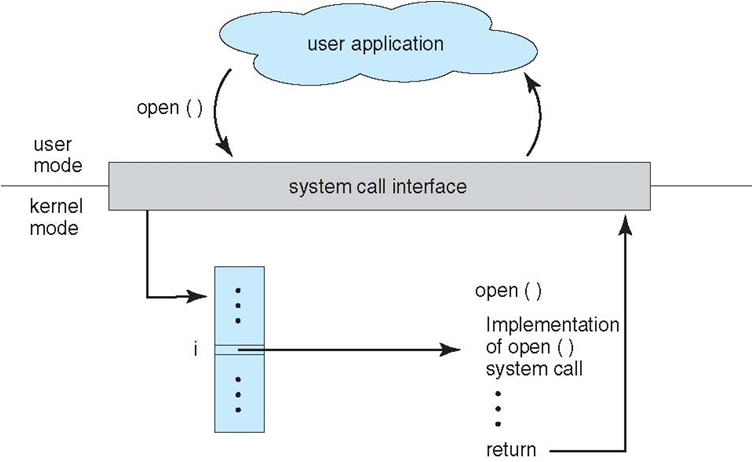

What happens, when opening https://www.google.com
- MBR: master boot record, also known as first sector of the hard disk
- Initial RAM disk: The initramfs filesystem image contains programs and binary files that perform all actions needed to mount the proper root filesystem
BIOS provides three primary functions:
- Power on self test (POST), so it knows where to load the boot program.
- Load and transfer control to boot program.
- Provide drivers for all devices.
Link: Difference between BIOS and Kernel
- Paging
- cpu iowait
Basically an interrupt is a signal to notify kernel(processor) that something needs to be handled as soon as possible.
Interrupt handlers run asynchronously, and must respond to time-critical inputs quickly.
Therefore, interrupt handler is divided into top half and bottom half.
- Top half does the minimum work to ack.
- Bottom half is the task in the workqueue. It does all the heavy lifting work.
Link: What is difference between top half and bottom half?
- System call is a middle layer between hardware and user-space processes
- Use-space application use POSIX API to invoke system call.
- System call is triggered as a soft interrupt with system call handler
- Each system call has a system call number.
- Linux provides a set of macros for wrapping access to system calls: _syscalln().
- For macros of _syscalln(), n is between 0 and 6. It shows the number of parameters passed into this syscall.
Types of System Calls:
- Process control: end, abort, create, terminate, allocate and free memory.
- File management: create, open, close, delete, read file etc.
- Device management
- Information maintenance
- Communication
Link: Introduction of System Call
SystemTap is a tracing and probing tool that allows users to study and monitor the activities of the operating system (particularly, the kernel) in fine detail.
Link: How to find Which Process Is Killing mysqld With SIGKILL or SIGTERM on Linux




